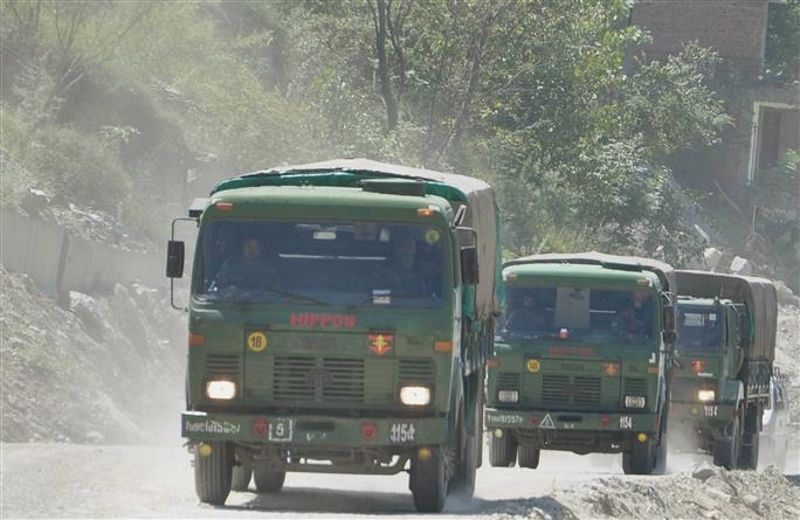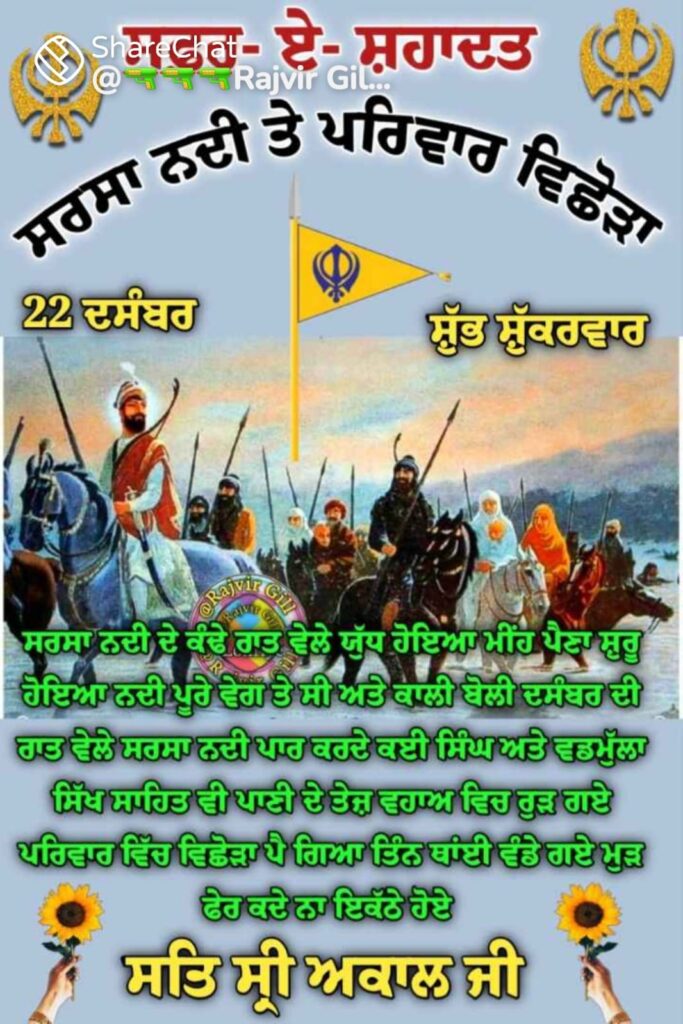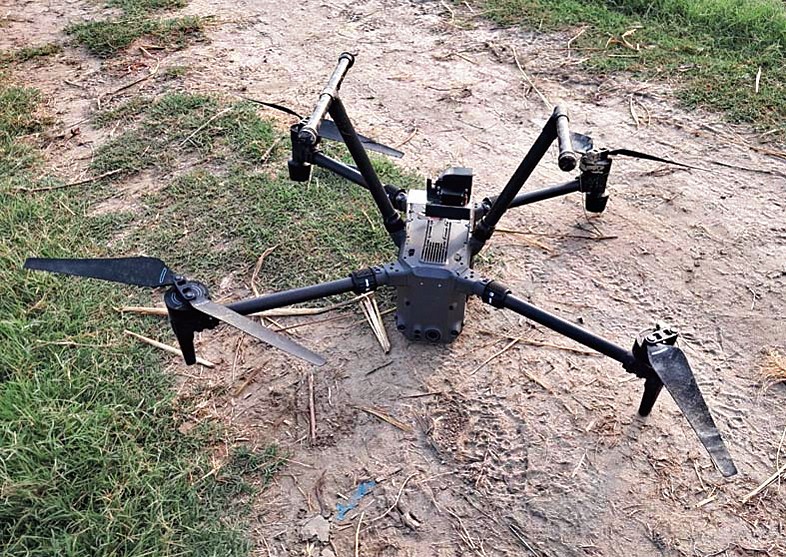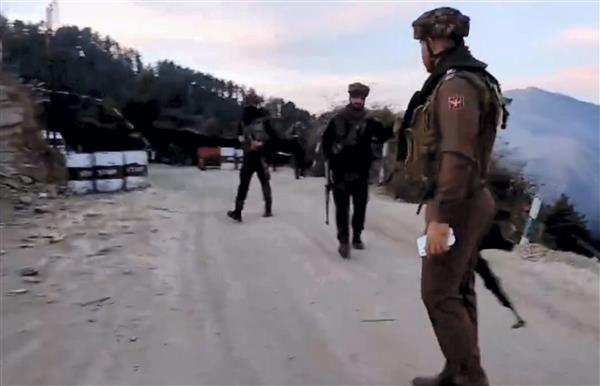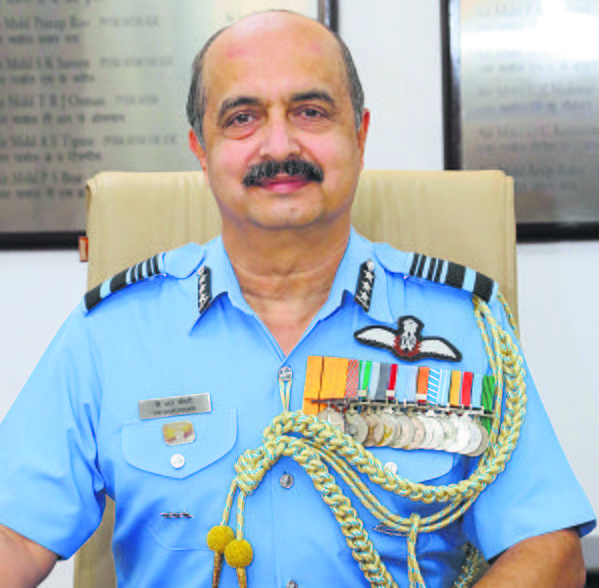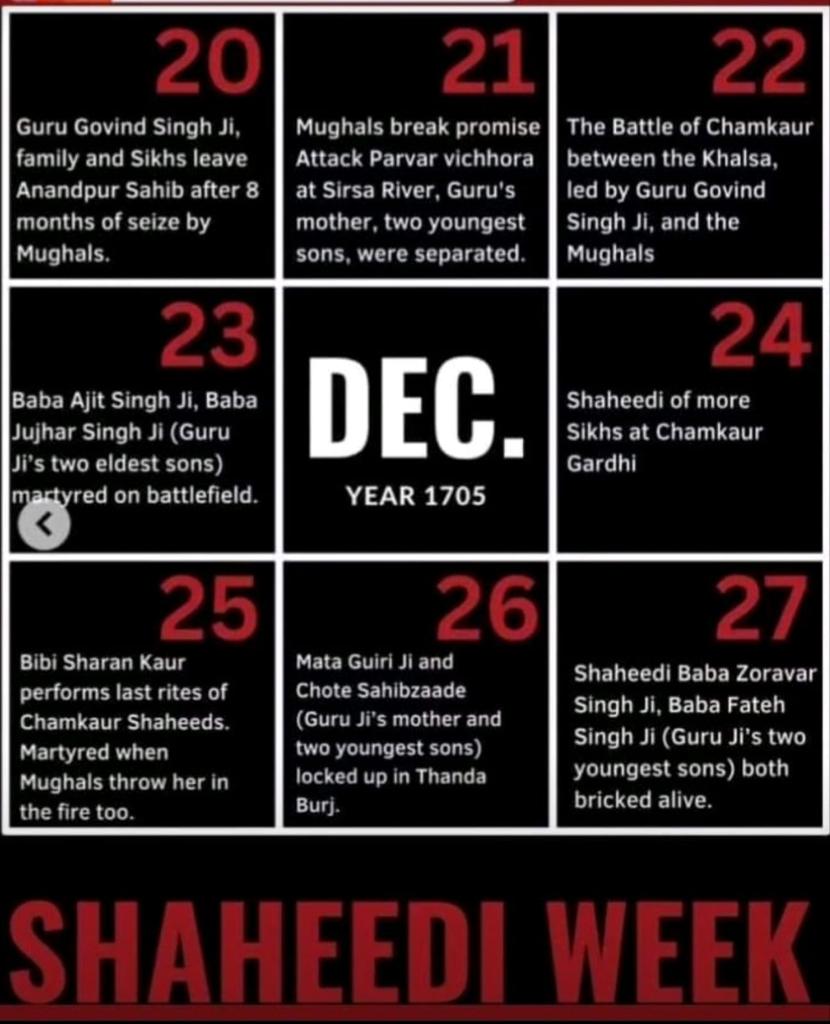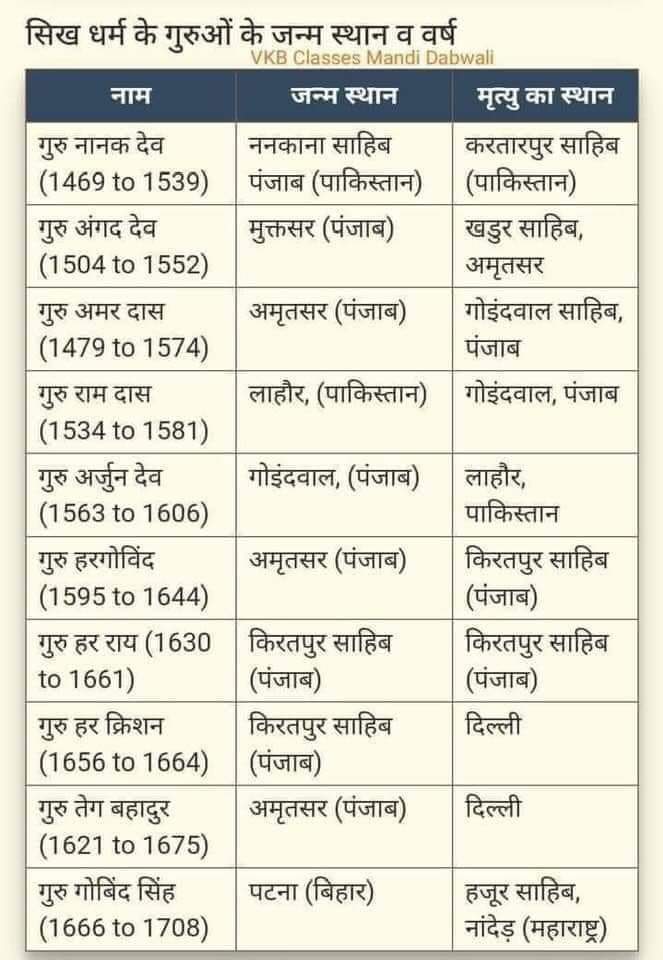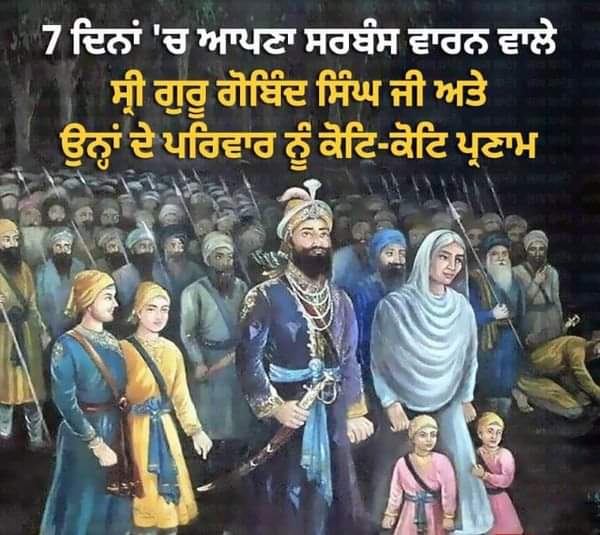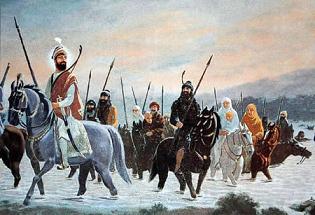Situation was ‘tense and nearing breaking point’, General Manoj Mukund Naravane (Retd) says in his memoir, recounting the stand-off with China in eastern Ladakh, and the events of end-August 2020

ukund Naravane. | Photo Credit: KAMAL agnipath-scheme-surprised-army-it-was-a-bolt-out-of-the-blue-for-navy-and-air-force-former-army-chief-writes-in-forthcoming-memoir%2Farticle67655104.ece&parentDualScreenLeft=0&parentDualScreenTop=0&parentWidth=1280&parentHeight=551&parentOuterHeight=672&aid=DC3REpZYpu&zone=Web&browserId=lqgkrp8452b114y9&pianoIdUrl=https%3A%2F%2Fid.tinypass.com%2Fid%2F&pianoIdStage=&userProvider=piano_id&userToken=&customCookies=%7B%22_pc_thgpremiumexp%22%3A%22false%22%7D&hasLoginRequiredCallback=true&initMode=context&requestUserAuthForLinkedTerm=true&initTime=8755.800000011921&logType=offerShow&width=692.625&_qh=1483410aec
The Agnipath scheme, launched in June 2022 for the recruitment of soldiers, sailors and airmen for a four-year period, had surprised the Indian Army, while it was a “bolt out of the blue” for the Navy and Air Force, former Army chief General Manoj Mukund Naravane writes in his upcoming memoir, Four Stars of Destiny.
“We in the army were taken by surprise by this turn of events, but for the navy and air force, it came like a bolt from the blue,” Gen. Naravane writes, stating that it took him some time to explain to the Navy and Air Force chiefs that the initial proposal he had made in 2020 — a model titled ‘Tour of Duty’ which eventually became the changed format of the Agnipath scheme — had only been for recruitment in a limited manner for the Army, and that he had been equally surprised by its unexpected broader implementation.
“Having become a tri-service matter, it now fell on Chief of Defence Staff Gen Bipin Rawat to take the proposal forward, albeit with the Army remaining the lead service,” Gen. Naravane writes in the advance copy of the book, which was reviewed by the news agency, the Press Trust of India (PTI).about:blank
On June 14, 2022, the Union government announced the Agnipath scheme, terming it “transformative” for the recruitment of soldiers into the armed forces for four years, and doing away with the earlier process. In its first Agnipath intake, the Indian Army inducted 40,000 Agniveers in two batches — the first batch in the first half of December, 2022, and the second batch in the first half of February, 2023. On the completion of four years, 25% of Agniveers may join the regular cadre after their selection through another recruitment process.
While stating that the first year’s starting salary for Agniveer recruits was initially an all-inclusive ₹20,000 per month, Gen. Naravane writes: “This was just not acceptable. Here, we were talking about a trained soldier who was expected to lay down his life for the country. Surely a soldier could not be compared with a daily-wage labourer? Based on our very strong recommendations, this was later raised to ₹30,000 per month.”
The book also details the behind-the-scenes events at the height of the stand-off with China in eastern Ladakh in 2020. The Defence Minister told him, ‘Jo ucchit samjho woh karo’ (do whatever you deem appropriate) on the night of August 31, terming the situation as “nearing breaking point” as both sides had moved tanks near Rechin La on the south bank of Pangong Tso, along the Line of Actual Control (LAC), Gen. Naravane says in the book.
He notes the flurry of phone calls between the Defence Minister, External Affairs Minister, the National Security Advisor, and the Chief of Defence Staff as the situation unfolded that night. “I conveyed the criticality of the situation to the RM (Raksha Mantri), who said he would get back to me, which he did, by about 2230 hours,” Gen. Naravane writes.
“I was in my den at Army House, with the map of Jammu and Kashmir and Ladakh on one wall, Eastern Command on another. They were unmarked maps, but as I looked at them, I could visualise the location of each and every unit and formation. We were ready in all respects, but did I really want to start a war?” he writes, elaborating on his thoughts as the two nuclear-armed neighbours faced their biggest crisis in decades following the Chinese People’s Liberation Army’s (PLA) ingress into areas held by India.
“The country was in bad shape, reeling under the Covid pandemic. The economy was faltering, global supply chains had broken down. Would we be able to ensure a steady supply of spares, etc., under these conditions, in case of a long-drawn-out action?” Gen. Naravane writes. “Who were our supporters in the global arena, and what about the collusive threat from China and Pakistan? A hundred different thoughts flashed through my mind.”
“This was no war game being played in a sand model room of the Army War College, but a life and death situation,” Gen. Naravane writes, and after a few moments of reflection, he called up the then Northern Army Commander, Lt. Gen. Y. K. Joshi. “’We cannot be the first ones to fire,’ I told him, as it would provide the Chinese with an excuse, a casus belli, to escalate and paint us as the aggressors. Even at Mukhpari (on the Kailash Range) the previous day, it had been the PLA who had fired first (being only two rounds by the PLA and three rounds by us, it had escaped the attention of the media),” the former Army chief recounts.
“Instead, I told him to move a troop of our tanks right to the forward slopes of the Pass and depress their guns so that the PLA would be staring down the barrels of our guns,” he writes. “This was done forthwith and the PLA tanks, which had by then reached within a few hundred metres of the top, stopped in their tracks.”
“Their light tanks would have been no match for our medium tanks. It was a game of bluff and the PLA blinked first,” Gen. Naravane writes, noting that the PLA moved troops from Moldo to the area of Chuti Changla towards the south bank of Pangong Tso on the intervening night of August 29-30. “The PLA reaction was not long in coming. On the 30th evening itself, they moved forward some troops in the area of the Kailash Range, stopping about 500 metres short of our locations and started digging in.”
He adds that PLA locations were at lower heights and directly under Indian observation. “As such, they were of no threat to us, but if they were to come up in strength and try to outflank or surround our localities, then we would have to take action. The situation was tense and nearing breaking point,” Gen. Naravane writes. He further recounts the series of events on August 31, which saw moves and counter-moves by both sides.
Gen. Naravane was the Army chief from December 31, 2019 to April 30, 2022.























































